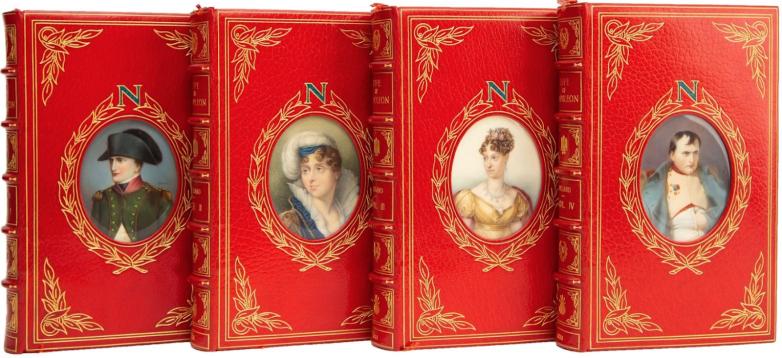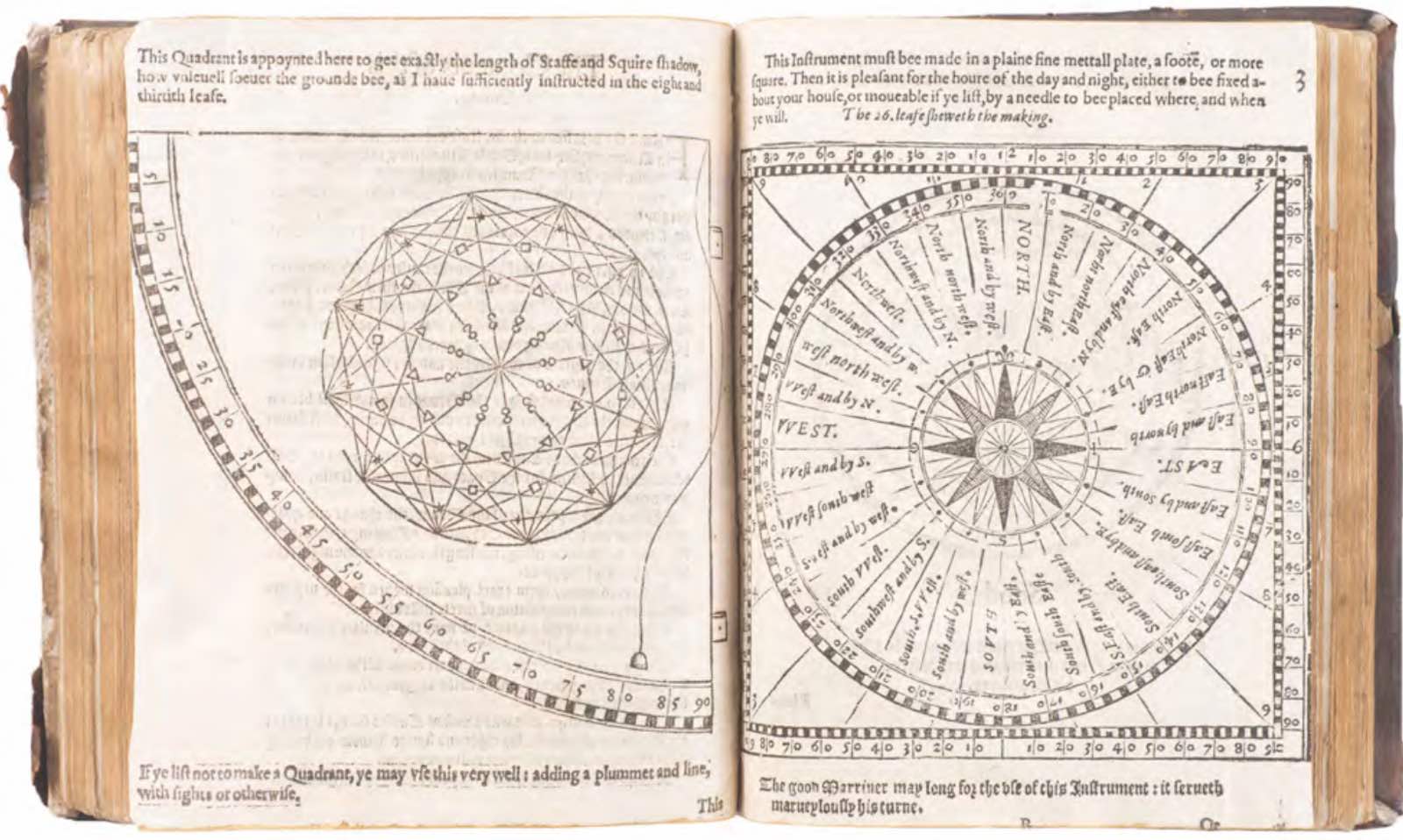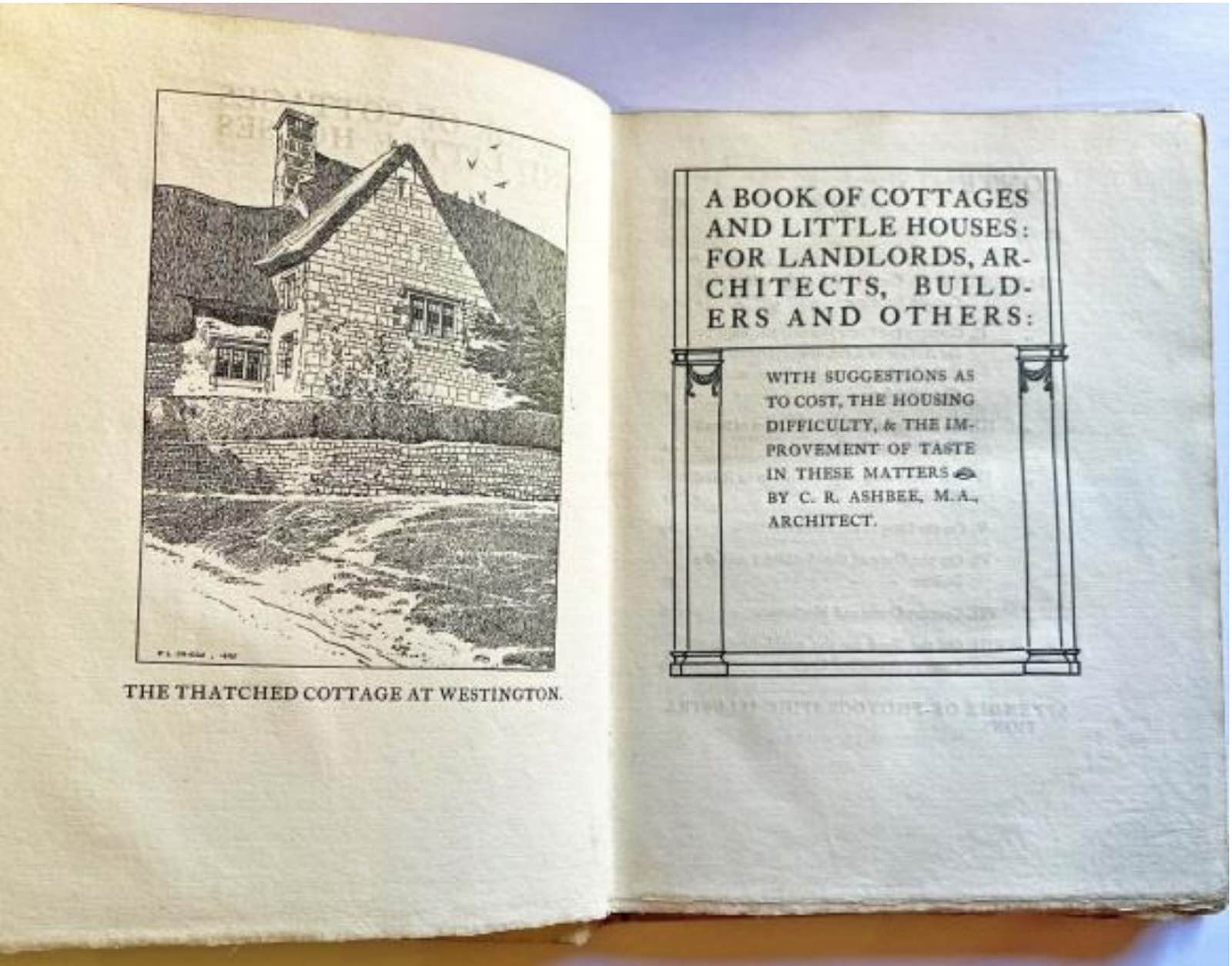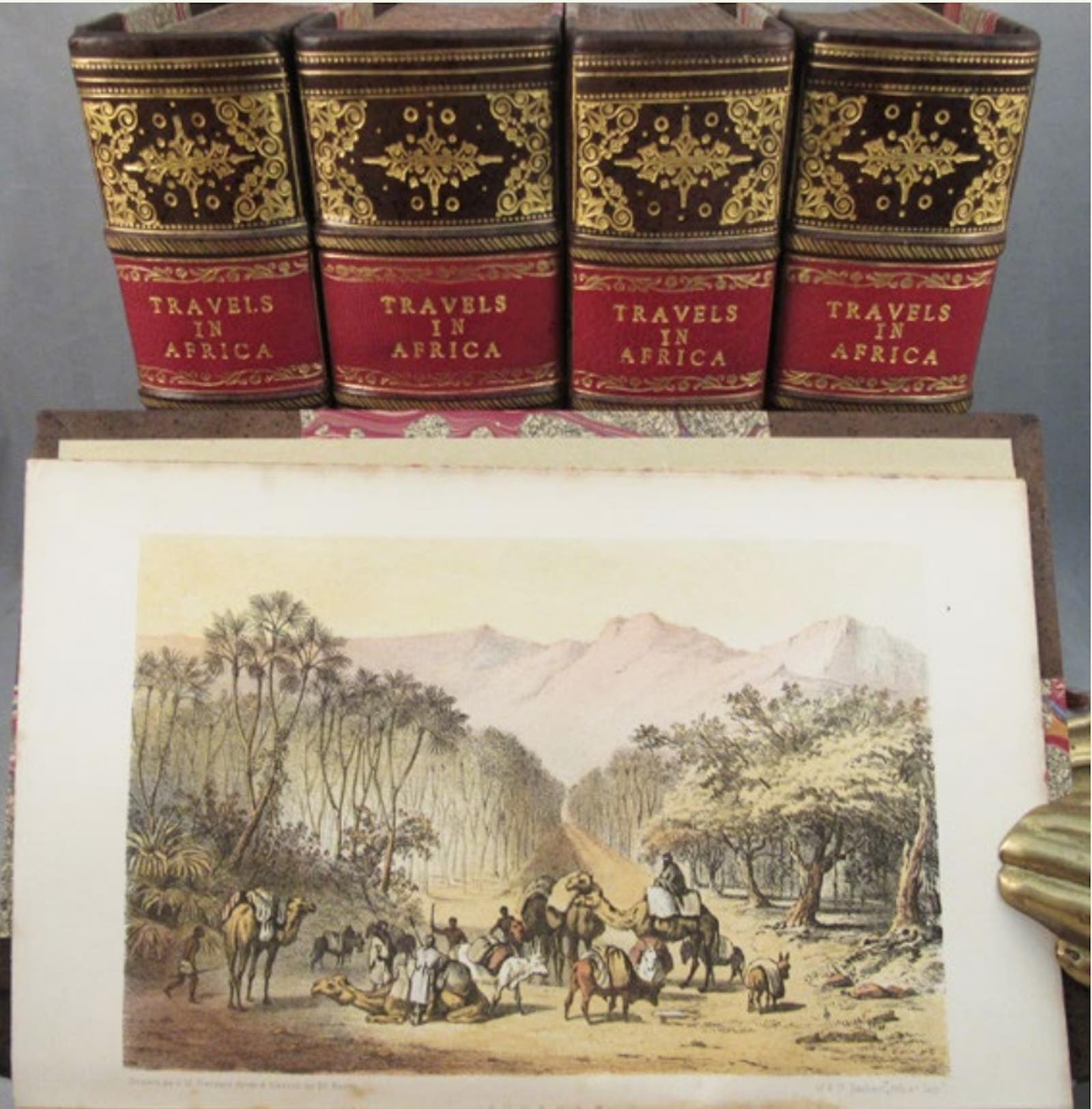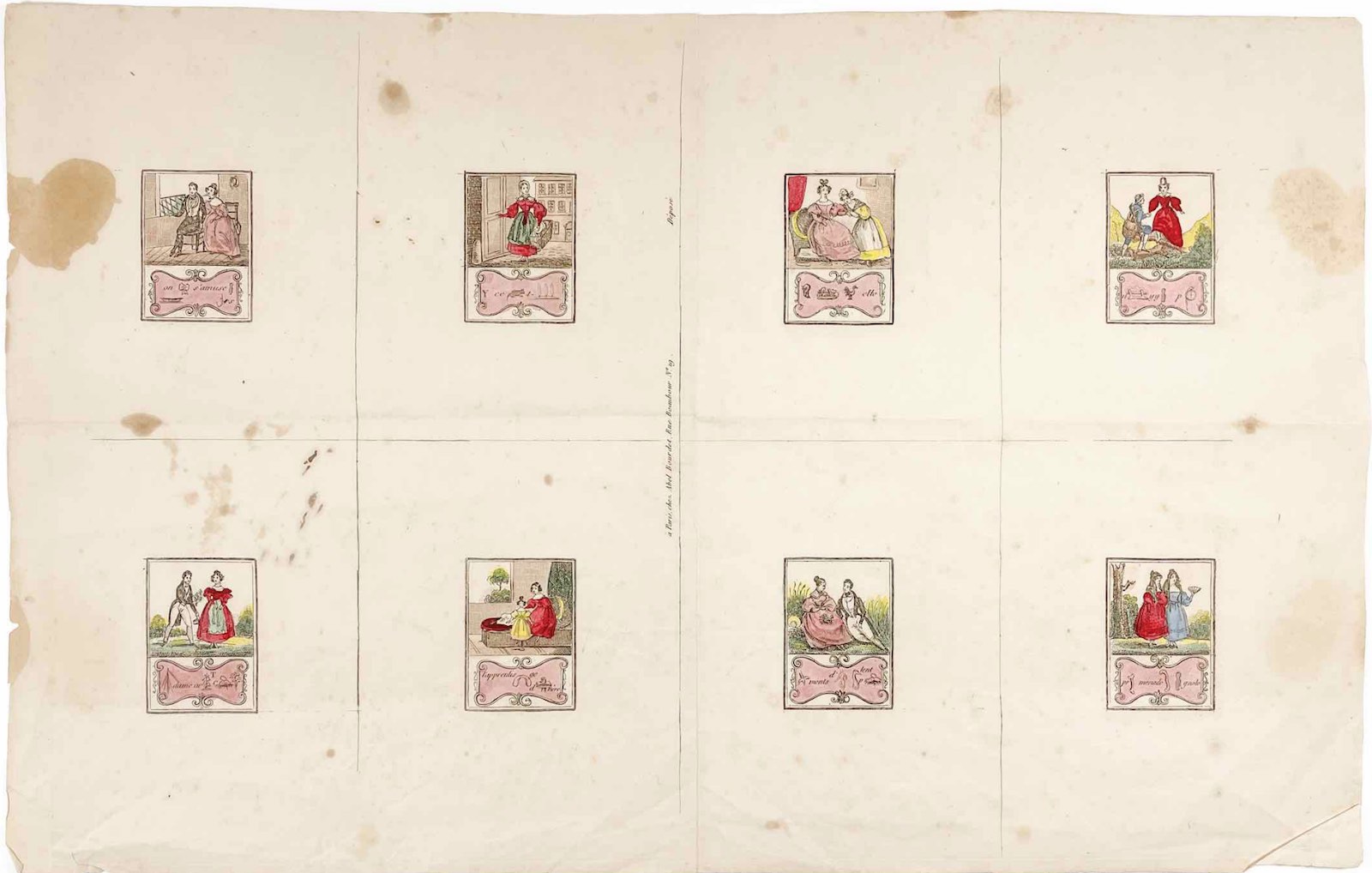* A Book of Cottages and Little Houses for Landords, Architects, Builders and Others with suggestions as to cost, the housing difficulty & the improvement of taste in these matters by C.R. Ashbee, London, B. T. Batsford, 1906. Limited to 250 Copies of which 50 were issued on paper with the Essex House Press mark and reserved for subscribers of the Press. This one of those 50 copies is No.41. Beautiful decorated head pieces and tailpieces throughout. It contains careful drawings of a number of interesting cottages which have been built or rebuilt by Ashbee and as these illustrations are accompanied by photographs. plans, measurements, and prices their practical value is considerable. The line illustrations are by F L Griggs (1836-1938). The book was specifically orientated to those involved in the building trade. From Janette Ray Booksellers. More details in catalogue for the fair.
* Travels and Discoveries in North and Central Africa by Henry Barth, New York [and] London, D. Appleton and Co, 1857-1858, 5 volumes. First Edition of each volume, all printed in the U.K. by Spottiswoode for Longman, and for U.S. distribution. Impressively illustrated with 60 colour-tinted lithographic plates, 15 maps, most of which are multi-folding, and numerous woodcuts. Handsomely bound in threequarter brown calf over marbled paper covered boards. Barth spent five years ranging widely and freely over northern, central, and western Africa and returned with a vast bounty of information on the region’s culture, geography and economy. He was able to do all this because he spent the years there brilliantly disguised as a Muslim scholar. The appendices contain tables of meteorological data for his five years of travel, chronologies of history for certain areas, vocabularies, descriptions of routes, and lists of towns. From Buddenbrooks. More details in catalogue for the fair.
* Confectionery wrappers from Abel Bourdet, confiseur. Paris: c.1830s. A rare survival of an uncut sheet of lovely French confectionery wrappers produced by the Parisian confiseur, Abel Bourdet of the rue Beaubourg. The uncut sheet is divided into eight squares and each square contains a hand-colored engraving displaying a scene that is accompanied by a rebus puzzle that – once solved – describes the scene. Due to the size of each image, it is possible that these were used to either wrap around individual pieces of candy or as an illustration on the top of a box of confections. Interestingly, in Cambon’s Almanach des commerçans de Paris for 1835, Bourdet is listed under two different types of businesses, both of which relate to this piece of printing. He is included in the “Confiseurs” section (p. 319), which would make sense as a maker of bonbons, but he is also included in the section for “Papier de fantaisie pour cartonnage, reliure, etc.” (p. 720). This would support the possibility of these colored rebus illustrations being intended for a decorative box of some kind. From Ben Kinmont Bookseller. More details in catalogue for the fair.

